Salad plates, though sometimes overlooked in the broader scheme of household items, are truly essential to an enjoyable dining experience. They provide a sense of sophistication to any table setting and are ideal for presenting a variety of items other than salads. If you’re looking for the ideal kitchen gift, try purchasing a set of high-quality salad plates. To help you make an educated selection, we’ve compiled a list of the top five salad plate options, as well as expert suggestions.
Top 5 Salad Plate Options
Now, let’s explore our top 5 salad plate recommendations for the perfect kitchen gift:
1. Porcelain Salad Plates
Porcelain salad plates are an option that looks beautiful forever. They are known for their long-lasting quality and stain resistance. Whether you choose a basic white design or a beautiful patterned set, porcelain salad plates will enhance any table setting.
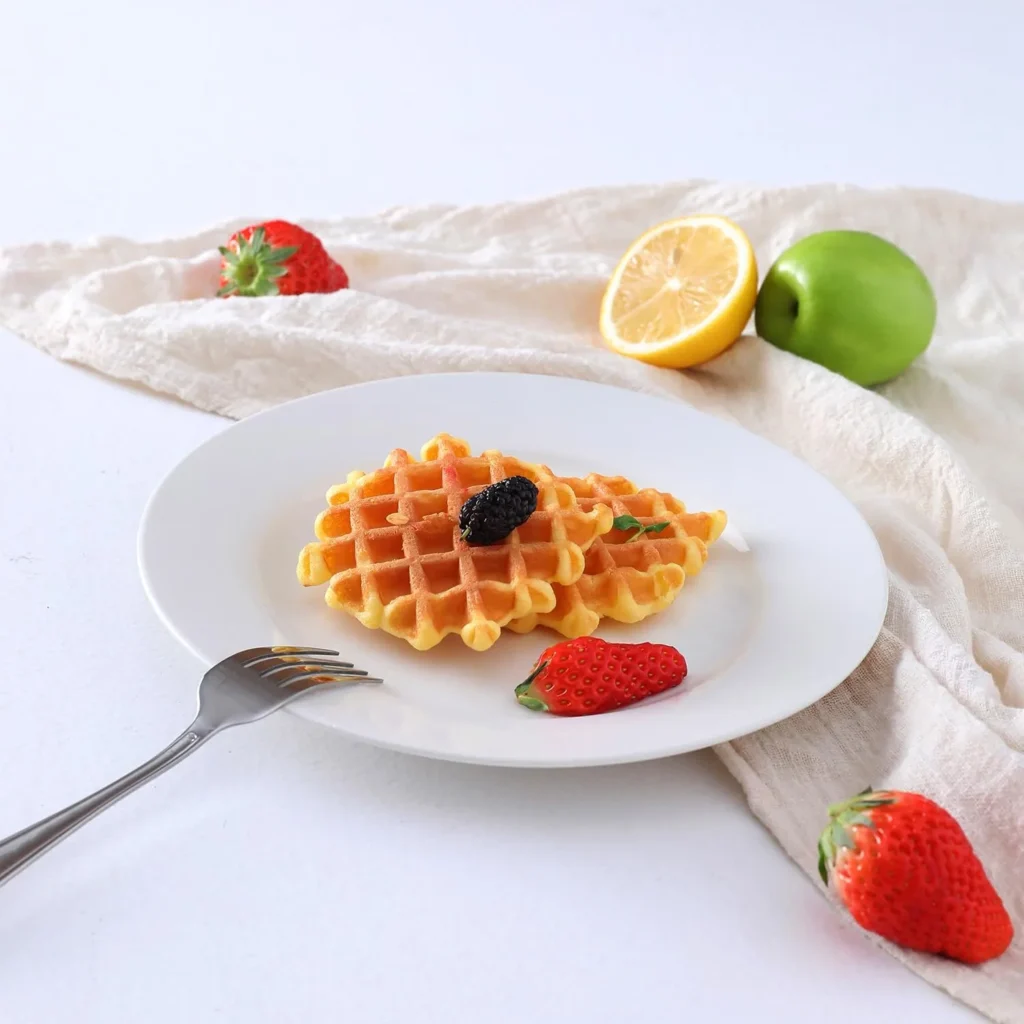
- Pros: Elegant, durable, versatile, microwave and dishwasher safe.
- Cons: Can be prone to chipping if not handled carefully.
2. Ceramic Salad Plates
Ceramic salad plates have a distinct and artistic charm. They come in a variety of styles, from modern and minimalist to rustic and homemade. Ceramic plates, despite being a bit more delicate than porcelain, give a unique touch to any culinary setting.
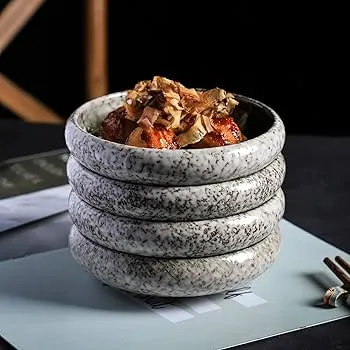
- Pros: Wide range of styles, artistic designs, often handmade.
- Cons: Can be more fragile than porcelain, and might not be microwave or dishwasher-safe.
3. Stoneware Salad Plates
Stoneware salad plates combine durability and a rustic look. They are great for informal dining and can withstand high temperatures, allowing them to serve hot food. Stoneware dishes are typically microwave and dishwasher-safe, which adds to their utility.
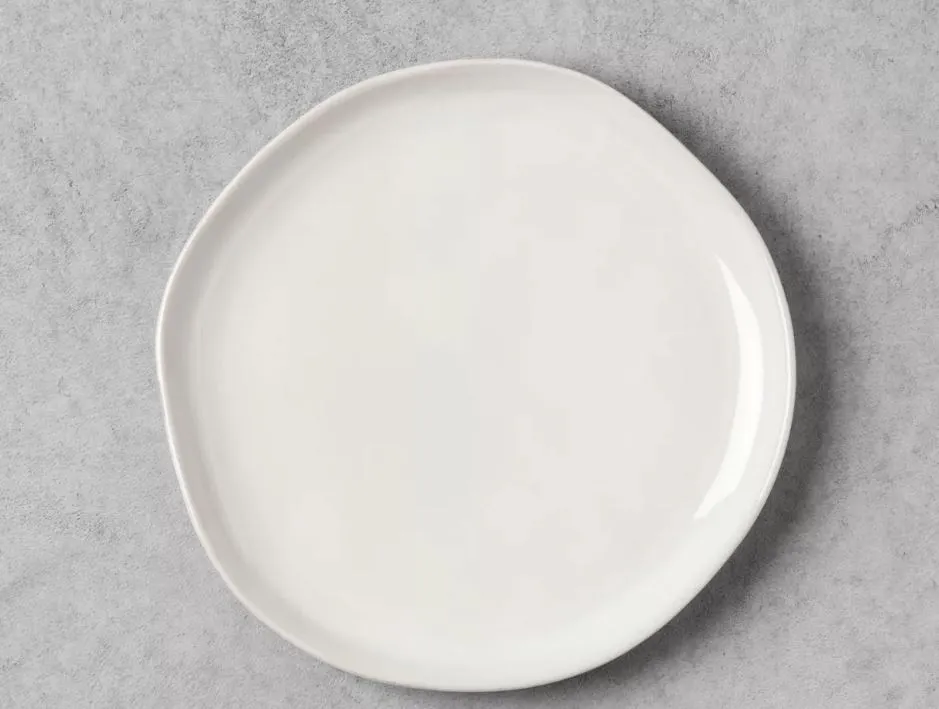
- Pros: Durable, heat-resistant, rustic charm, often microwave and dishwasher safe.
- Cons: Heavier than other options, might have a more limited color palette.
4. Glass Salad Plates
Glass salad plates provide a clean and modern appearance. They’re ideal for highlighting the colors and textures of your meal. Glass plates are normally dishwasher safe; however, they are prone to breaking, so use them with caution.
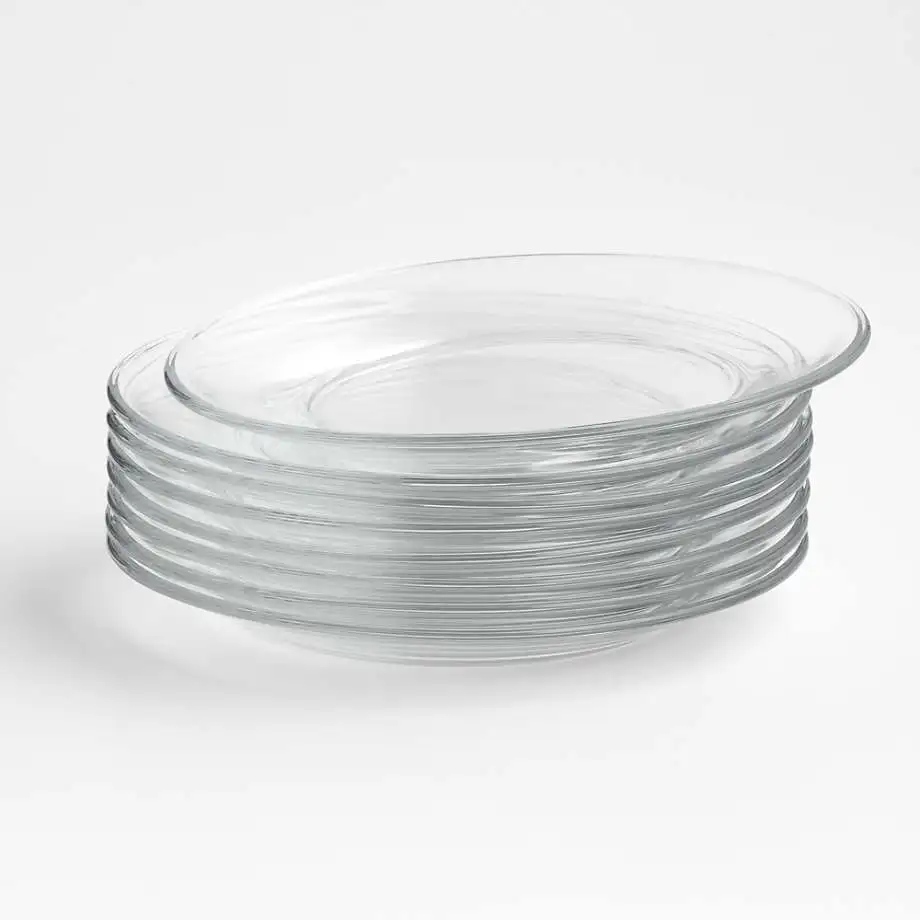
- Pros: Clear and elegant, versatile, dishwasher safe.
- Cons: Can be prone to breakage; might show fingerprints and smudges.
5. Melamine Salad Plates
Melamine salad plates are a convenient option for busy families and outdoor entertaining. They are lightweight, strong and resistant to chipping and cracking. Melamine plates, although not as refined as porcelain or ceramic, are ideal for everyday use.
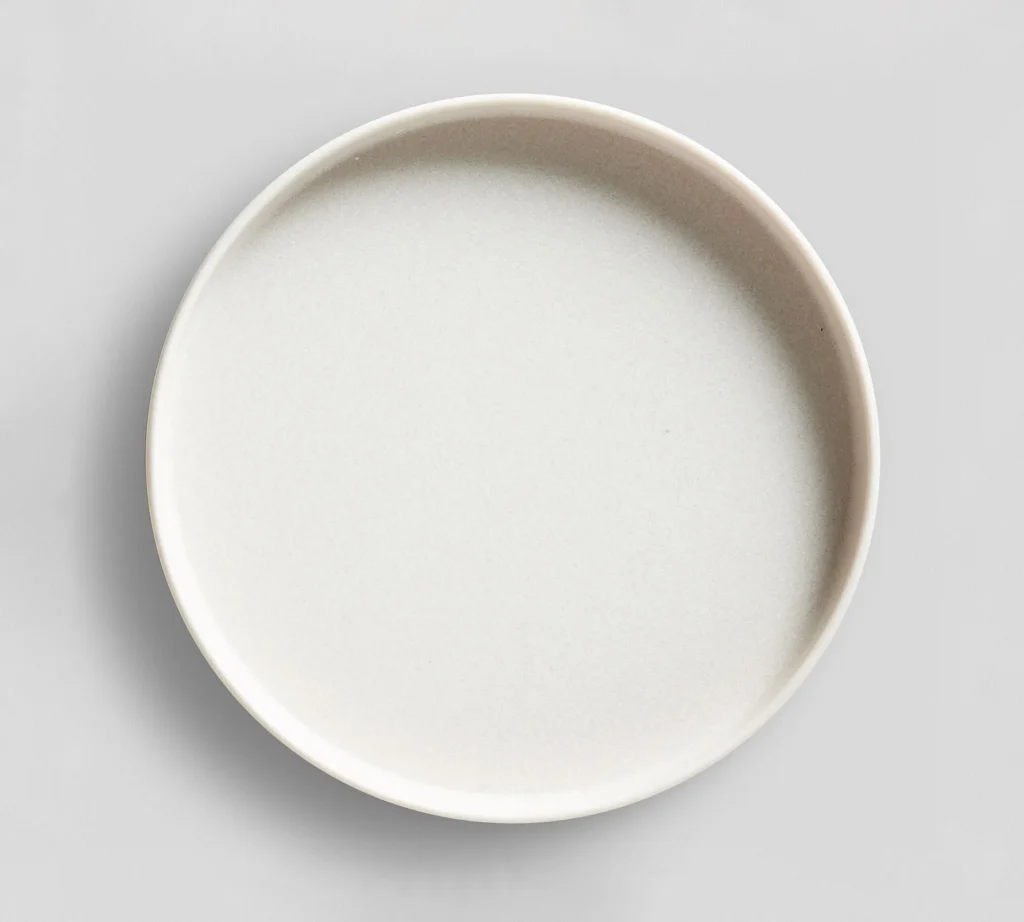
- Pros: Durable, lightweight, often dishwasher safe, ideal for outdoor use.
- Cons: Might not have the same elegance as other materials, can scratch easily.
Understanding Salad Plates
Let’s define what a salad plate is. These plates can be used to serve dessert, appetizers, and even side dishes, even though their name suggests something else. With a diameter of about 6 to 8 inches, they are larger than saucers but smaller than dinner plates.
When selecting salad plates, consider the following factors:
1. Material: Porcelain, ceramic, stoneware, glass, and melamine are popular choices.
2. Size: There are also smaller and larger salad plate options in addition to the standard 6 to 8-inch size.
3. Shape: Some forms are square, oval, round, and even unusual.
4. Style: Salad plates are available in a variety of forms to complement different kitchen aesthetics, ranging from simple to elaborate.
5. Durability: Take note of how resistant the plate is to scratches, cracks, and chips.
Expert Tips for Choosing Salad Plates
To help you make the best decision for your kitchen or as a gift, here are some expert tips:
1 Consider the recipient’s style: Choose a look that blends well with the existing design of the kitchen.
2. Think about practicality: If the intended recipient is in a busy household with young children, stoneware or melamine may be the ideal choice. Porcelain or ceramic may be more suitable for those who regularly host parties.
3. Pay attention to care instructions: While some salad plates are dishwasher safe, some may require hand washing.
4. Check for compatibility: If the recipient already has a tableware set, try to match the salad plate to his or her existing tableware set.
5. Don’t forget about storage: Make sure the salad plate can be stored in the recipient’s kitchen cupboard.
If you use these tips and take a look at the top 5 salad plate options, you will find the ideal gift for any kitchen enthusiast. Remember that salad plates can enhance any dining experience with style and thoughtfulness in addition to their practicality.
Conclusion
Choosing the ideal salad plates can enhance your dining experience and give your kitchen a stylish touch. There is a salad plate to suit every taste and desire, available in a variety of materials, sizes, and styles. To select the right set for your needs, take into account the elements covered in this article, including material, size, and style. The right salad plates can transform your table setting and make lunch even more enjoyable, whether you are looking for a traditional porcelain design or a contemporary ceramic option.
FAQs: Salad Plates
1. What is the standard size of a salad plate?
Standard salad plates often have a diameter of between 6 and 8 inches. Still, to accommodate different tastes, there are many types available.
2. Can salad plates be used for serving other dishes besides salads?
Of course! Because of their versatility, salad plates can be used to serve side dishes, desserts, and even appetizers.
3. What factors should I consider when choosing salad plates?
Think about the material, size, form, design, durability, and whether the salad plates are dishwasher and microwave-safe when choosing them.
4. Can I mix and match salad plates from different sets?
You can combine salad plates from other sets to create a unique and varied style. But keep in mind the overall design of your table arrangement.


Such a fun and thoughtful post! You’ve really covered something for everyone. Perfect for someone who loves cooking or hosting
It’s best list.
Great List I will sure go for them.